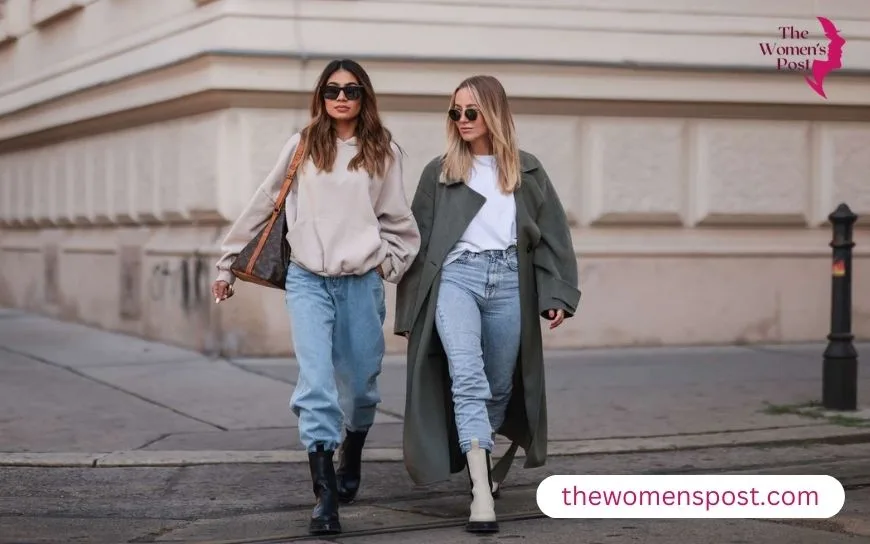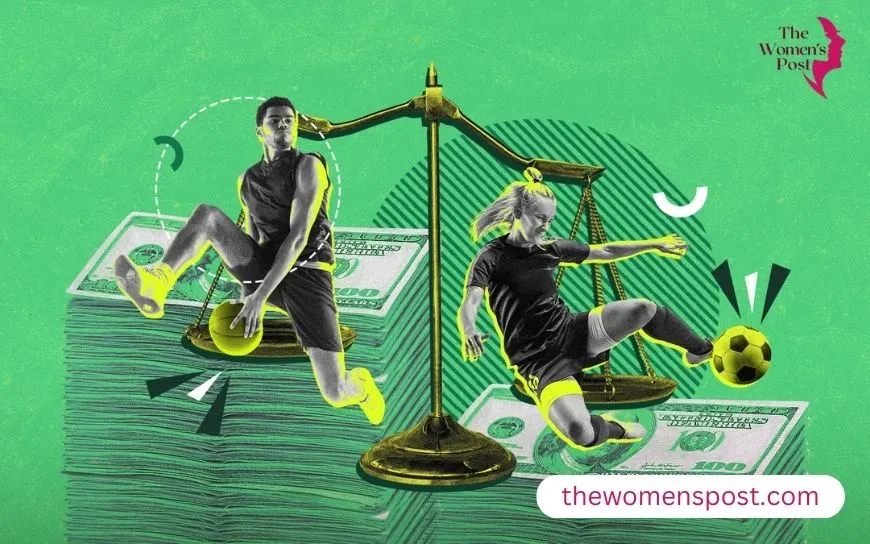The Impact Of Women In Fashion As Art
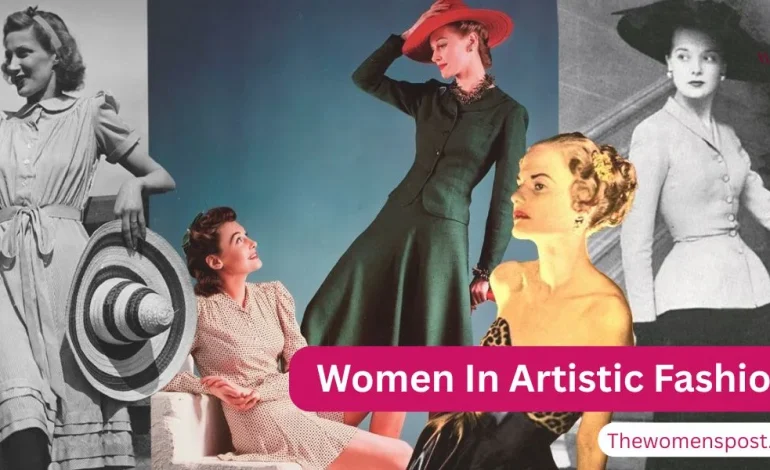
Fashion is not merely what individuals wear. It is a type of artistic fashion that demonstrates creativity, culture, and history. Women have been at the forefront of the impact of women in fashion as an art form. They have created garments that defy conventional notions, represent society, and motivate others. This article examines how the contribution of female designers to artistic fashion has influenced this creative arena throughout history.
Historical Barriers and Breakthroughs in Artistic Fashion
Women had so many obstacles to overcome in art and design in the past. But a few pushed their way through and revolutionized artistic fashion forever. Consider Emilie Flöge, an Austrian designer from the late 1800s and early 1900s. She wanted to create garments that liberated women from constricting corsets and heavy materials. Her garments were loose and flowing, the essence of artistic fashion. Flöge collaborated with a renowned painter, and her fashion affected his paintings. She featured in most of his collections, accentuating the convergence of fashion, art, and women. Her concepts initiated a revolution towards more comfortable, artistic clothing.
Pioneering Women in the 20th Century
As the 20th century dawned, additional women became leaders in fashion, bringing to the fore the women’s contribution to innovative fashion trends. Coco Chanel is among the most popular. She founded her company in France during the 1910s. Chanel envisioned artistic fashion as one in which women could be free. She invented the little black dress, which was chic but not too flashy. Black was used almost exclusively for mourning before her.
Chanel made it a symbol of fashion and power. She derived her designs from art movements such as modernism, employing clean lines and functional shapes. She has said that fashion should be liberty, not restraint. Chanel’s creations illustrated how women’s influence in fashion as art could transform the way people lived.
Elsa Schiaparelli: Blending Surrealism with Artistic Fashion
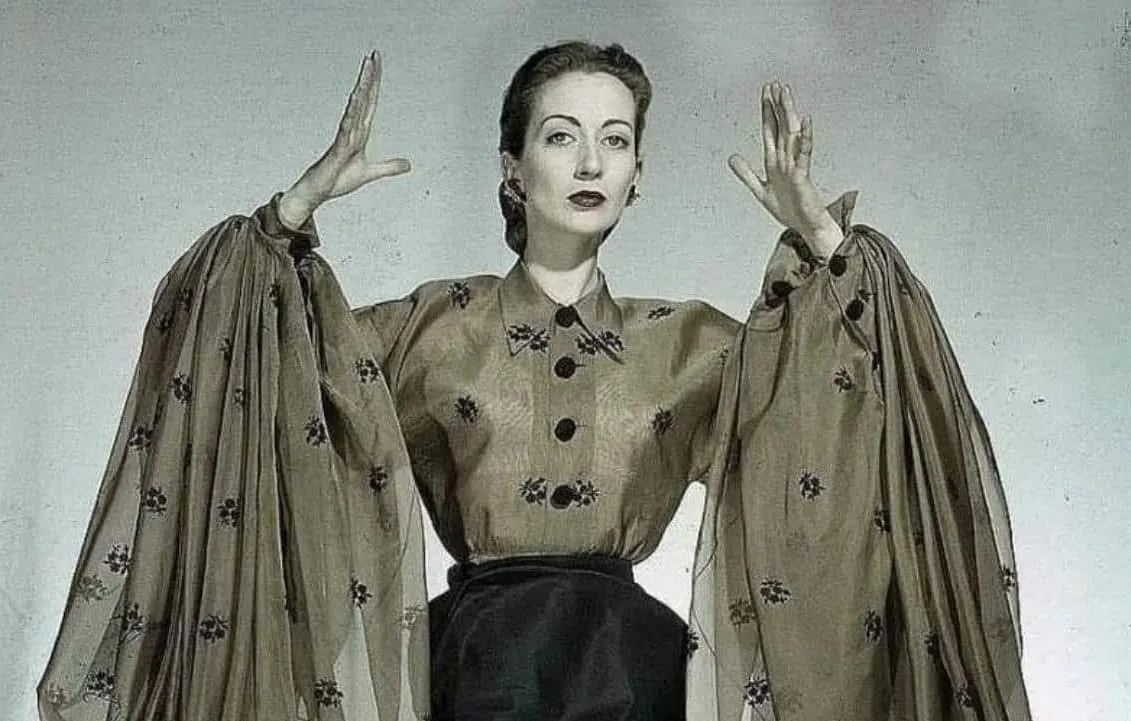
Also Read: The Contribution Of Poetry In Feminist Movements
Another major figure was Elsa Schiaparelli. She was an Italian fashion designer during the 1930s who blended artistic fashion with surrealism, a style of art that was filled with dreamlike images. Schiaparelli collaborated with artists to create outlandish pieces, such as a printed lobster dress or hat-shaped shoes. Her clothes were not mere garments; they were sculptures that one could wear. She utilized bright colors, such as “shocking pink,” and unconventional shapes to defy what fashion was. Schiaparelli showed that the contribution of female designers to artistic fashion was crucial in combining art and attire.
Mid-20th Century Innovations
Mary Quant and the Miniskirt Revolution
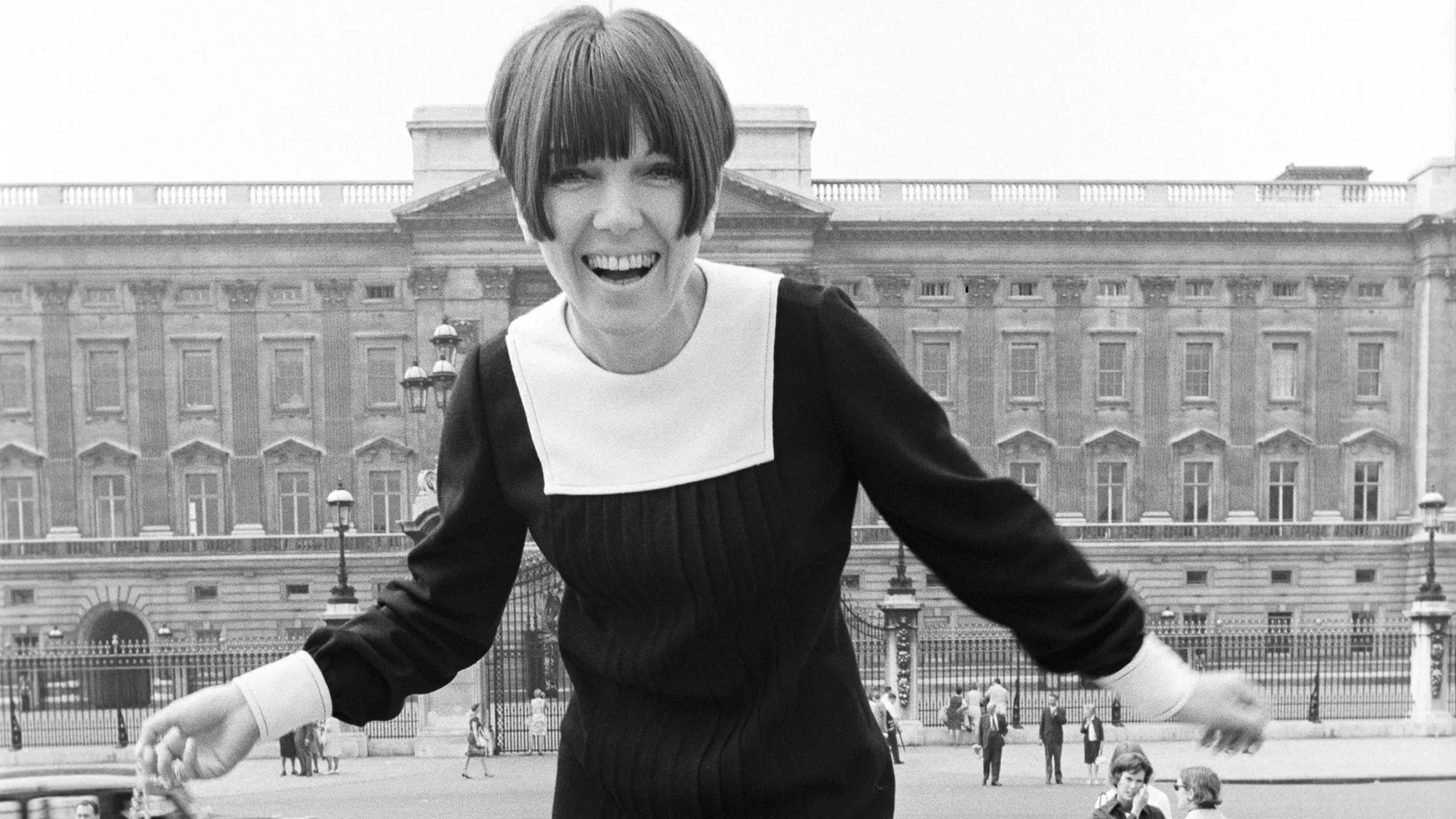
Women continued to break barriers in the mid-1900s and increased the women’s influence in creative fashion trends. British fashion designer Mary Quant assisted in initiating the miniskirt phenomenon during the 1960s. Quant’s fashions were playful, short, and bright, indicative of the youth and pop art cultures of the period. Quant was inspired by artists, employing bold prints and clean lines. Quant’s fashions provided women with a feeling of playfulness and insubordination in artistic fashion.
Lucienne Day: Abstract Art in Textiles
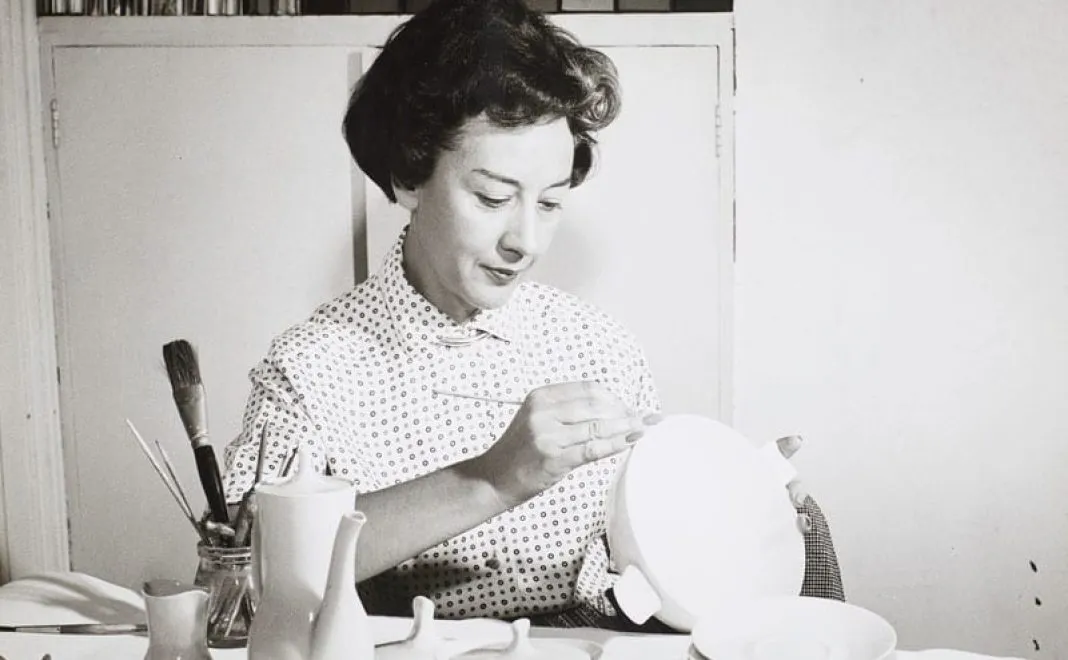
Also Read: The Emergence of Anti-Heroines in Pop Culture
During the same time, British textile designer Lucienne Day designed clothing motifs based on abstract art. Her designs, such as “Calyx,” resembled contemporary paintings in terms of color and bold shapes. Day’s contribution touched home furnishings and apparel and demonstrated the ways in which the intersection of women, fashion, and creativity could make art a part of everyday objects.
The Arts and Crafts Movement
The Arts and Crafts movement during the late 1800s also placed women at center stage. This was the era when individuals preferred handcrafted products to mass-produced goods. Most female artists turned into designers, producing clothing with natural materials and intricate embroidery. They borrowed from folk art and nature, making artistic fashion personal and artistic. May Morris was among the women who led in textiles and affected future styles. The movement revealed how female designers in fashion art could revolutionize the fashion industry.
Modern Icons of Artistic Fashion
Vivienne Westwood: Punk and Activism
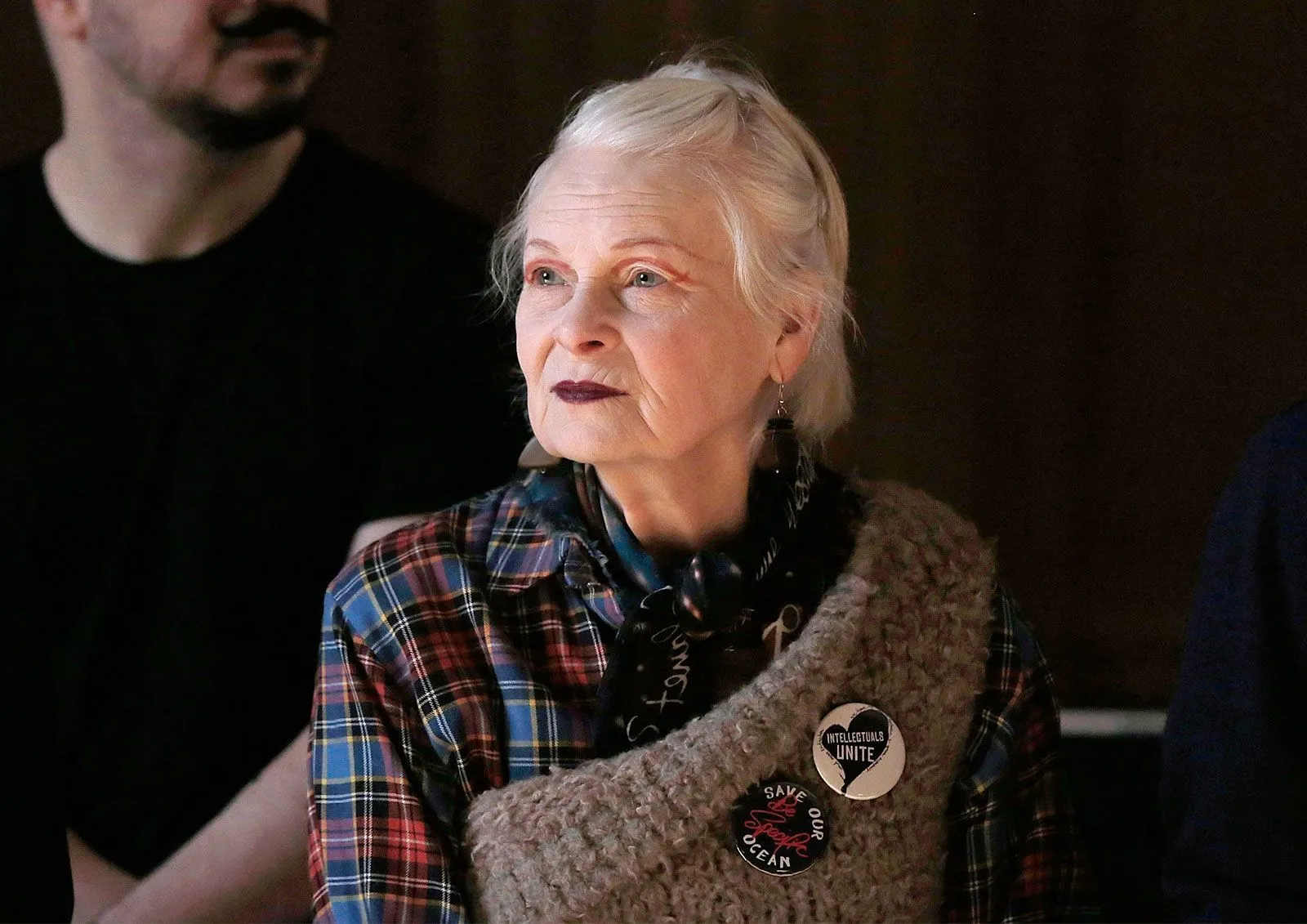
Today, women still influence artistic fashion. UK-born Vivienne Westwood began in the 1970s with punk fashion. Her fashion combined historical aspects, such as 1700s corsets, with contemporary rebellion, such as safety pins and torn fabric. Westwood employed fashion to address society, politics, and the environment. Her fashion is wearable protest, combining the interconnection of women, fashion, and artistic expression with activism.
Rei Kawakubo: Fashion as Sculpture
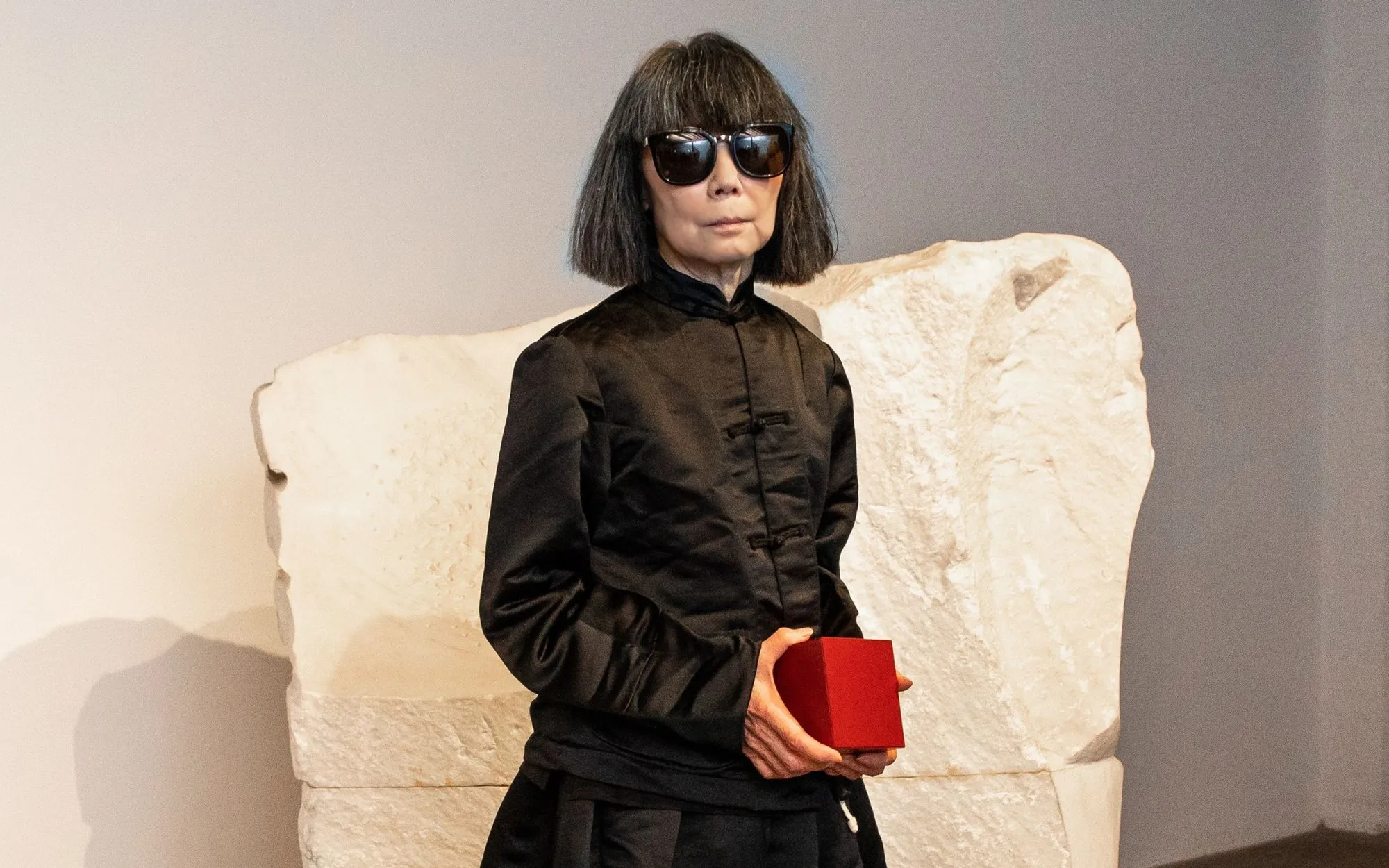
Also Read: Barjeel Art Foundation Launches Virtual Gallery In Honor Of Women’s History Month
Japanese designer Rei Kawakubo started Comme des Garçons in the 1980s. She approaches fashion as sculpture. Her designs are typically irregular shapes, have holes, or added layers that defy notions of beauty. Kawakubo takes inspiration from abstract art and challenges what “normal” apparel is. Her designs inspire numerous artists and designers today, solidifying the role of women as part of fashion as art.
Miuccia Prada: Intellect Meets Style
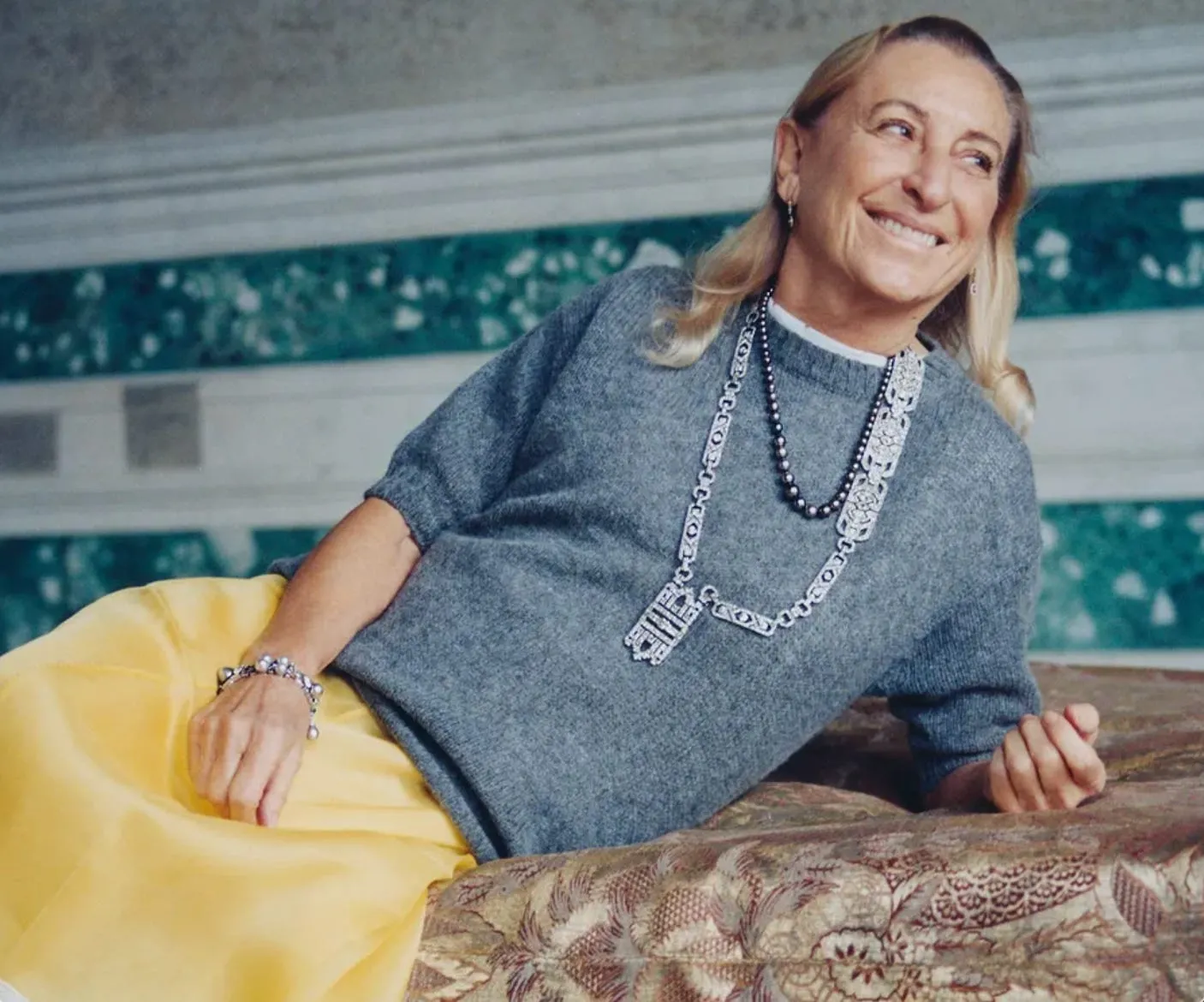
Italian designer Miuccia Prada blends brains with style. Since the 1990s, she has incorporated ugly-chic styles, such as clashing prints or nerd-like fabrics, based on art and movies. Artistic fashion for Prada is a means of an inquiry into identity and culture. Her pieces find themselves in museums, showcasing the women’s influence on artistic fashion trends.
Women as Muses and Trendsetters
Women also shape fashion in other capacities, such as muses and customers. Celebrities such as the Duchess of Windsor or Lauren Bacall dictated fashion trends by wearing dramatic styles. They collaborated with designers to establish styles that influenced art and culture. In late 1800s Art Nouveau, women were at the center both as artists and subjects. Designers created lighter, flowing garments inspired by nature curves, fusing artistic fashion with everyday wear.
Overcoming Challenges in a Male-Dominated Industry
Madame Grès: Sculpting Fashion
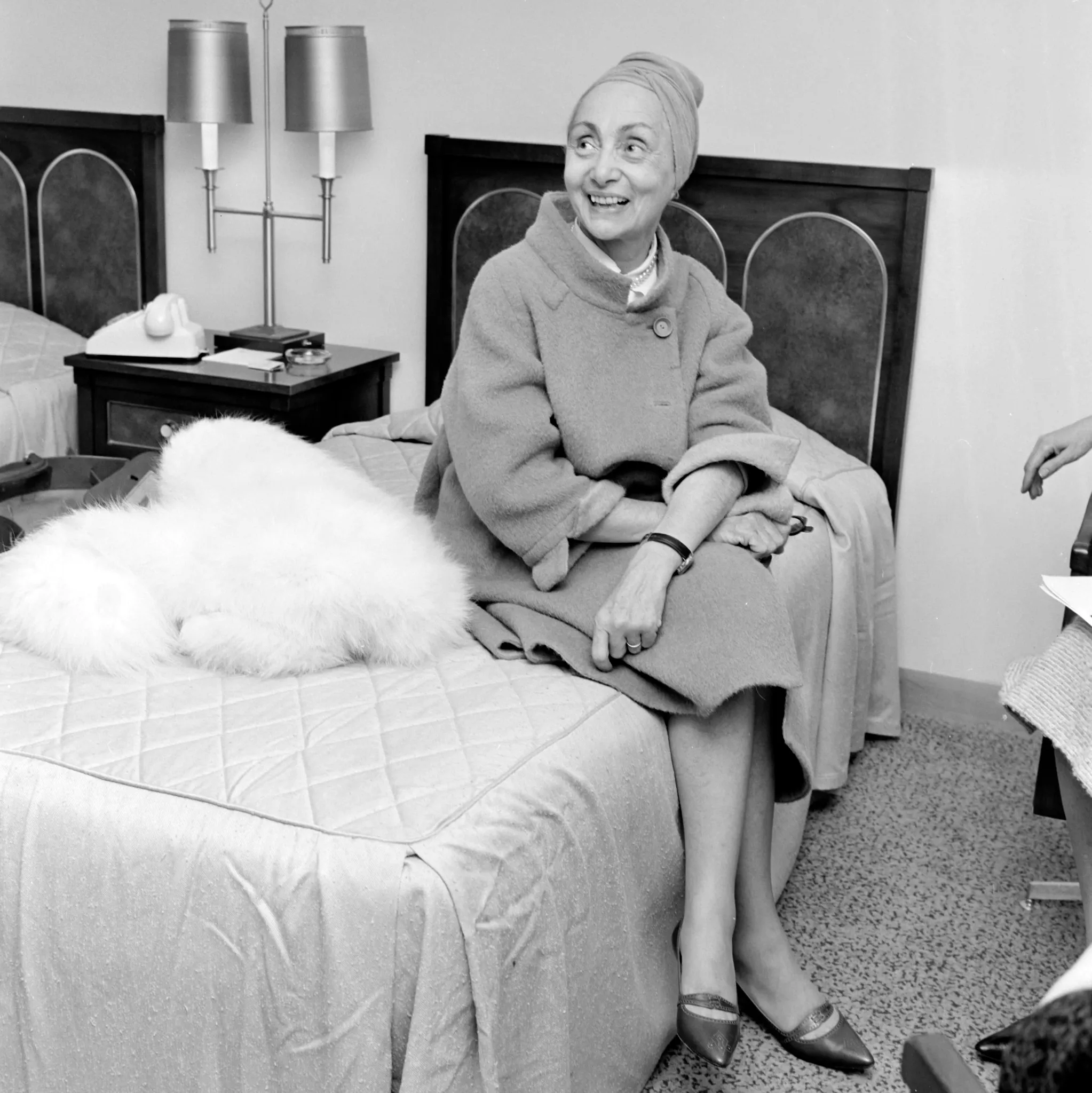
Also Read: Why Culture Still Dictates Women’s Worth in Today’s World
But women’s impact on fashion as an art has not been smooth sailing. Women were victimized by sexism in a man’s world. To illustrate, Madame Grès, a French couturier during the mid-1900s, began as a sculptor. She applied this art to fashion and designed draped gowns reminiscent of Greek statues. Her pleated frocks were pieces of artistic fashion, but she had a hard time getting noticed. These days, shows such as “Women Dressing Women” at museums bring out these stories, demonstrating how the contribution of women designers to fashion’s artistic aspect has evolved its art side.
Fashion as a Medium for Change
Women transform artistic fashion into art through self-expression and transformation using it. They borrow from paintings, sculptures, and cultures and craft works that narrate stories. Fashion captures the changes in society, such as women’s rights or diversity. When a designer, for instance, Stella McCartney, designs using environmentally friendly materials, it is artistic fashion that is concerned with the environment.
Conclusion: A Lasting Legacy
Ultimately, the impact of women on fashion as a form of art is enormous and perpetual. From Flöge’s revolution to Prada’s inventions, they have turned garments into canvases for conceptualization. Fashion derives much of its beauty and richness from the contribution of women to inventive fashion movements. As society keeps developing, their imagination will continue to inspire generations to come by the nexus between women, fashion, and art.


